US Internet Access May Be as Good as It Gets
A surprisingly large number of households in
the U.S. -- 20 percent -- have no broadband Internet access. That may
seem like a problem that needs correcting, but for many, it could be a
matter of preference, and courting them could prove futile. "They may
not have or even want computers or anything to do with the Internet,"
noted tech analyst Jeff Kagan.
The number of U.S. households connected to the Internet has risen, but 20 percent of households nationwide still don't have broadband access, according to a study released Monday by the Pew Internet & American Life Project.
Pew broke down the numbers by a variety of factors. College graduates, people between the ages of 18 and 29, suburban residents, and adults living in households with a total income of more than US$75,000 per year are the most likely to have Internet access in their homes. Seventy-four percent of whites reported having broadband in their household, compared to 64 percent of blacks and 53 percent of Latinos.
Smartphone ownership helps to bridge the access gap; 56 percent of U.S. adults now own smartphones, up from the 45 percent who reported owning one a year ago.
<script language="JavaScript"
type="text/javascript"><!--//<![CDATA[
document.write('<a
href="http://www.ectnews.com/adsys/link/?crid=8496&amp;ENN_rnd=13776551099224"
target="_blank" ><img
src="http://view.atdmt.com/MRT/view/452068057/direct;wi.300;hi.250/01/?ENN_rnd=13776551099224"
/></a>');//]]>//--></script>
<noscript><a
href="http://clk.atdmt.com/MRT/go/452068057/direct;wi.300;hi.250/01/"
target="_blank"><img border="0"
src="http://view.atdmt.com/MRT/view/452068057/direct;wi.300;hi.250/01/?ENN_rnd=13776551099224"
/></a></noscript>

Internet for All?
Pew released its data shortly after a few tech companies announced initiatives to improve worldwide access to the Internet. Facebook's Mark Zuckerberg is spearheading Internet.org, a program to accelerate Internet adoption for the 5 billion people worldwide who don't have it, especially in developing countries.Google recently announced tests of its Project Loon, which will employ specially designed antennas and balloons to help citizens worldwide receive Internet access.
"The initiative will certainly help to foster positive sentiments from governments and NGOs," Pivotal Research Group analyst Brian Wieser told TechNewsWorld. "On a global basis, most people lack affordable access to the Web, and no existing broadband delivery system has managed to provide a sufficiently inexpensive service to provision those who live in remote or rural areas."
Different Access Needs
Those remote or rural areas are often thought of as far away from the U.S., but Pew's recent numbers show that there is still a relatively significant chunk of U.S. citizens who aren't connected, said industry analyst Jeff Kagan.However, purely from a business standpoint, it might not be worth it for companies like Google and Facebook to go after that roughly 20 percent of Americans, said Kagan. If those consumers haven't created a Gmail account or logged onto Facebook now, they might never do so -- making it more advantageous to go after the consumers in large-scale emerging economies like India, Brazil and China.
"We must make sure everyone has access to the Internet now," Kagan told TechNewsWorld. "Before it was not as necessary, but it is becoming more so every year. Big companies and private organizations see this as well. They want to get as many online as possible and as quickly as possible. That means other countries. If we spend lots of time and money getting the remaining 20 percent of Americans online, it may not be worthwhile. They may not have or even want computers or anything to do with the Internet."
They also might one day be part of the growing consumer crowd that relies solely on a connected mobile device for an Internet connection, especially as smartphones become better equipped to handle complex tasks such as shopping, paying bills or online banking, Kagan added.
"Not everyone wants or needs the same thing from the Internet," he pointed out. "Some want full computer usage. Others just want 'Internet Lite' over their smartphones and are satisfied with that. As long as we make the Internet available in a variety of ways and let the users choose, it is the right track."

 By
unveiling the 2DS and cutting Wii prices, Nintendo is shaking things up
ahead of a looming holiday battle with Sony and Microsoft
By
unveiling the 2DS and cutting Wii prices, Nintendo is shaking things up
ahead of a looming holiday battle with Sony and Microsoft
 The
concept of a “JavaScript for Things” is amazing for home hardware
hackers, since it considerably simplifies the process of making devices
behave the way you want them to. Williams uses the blinking light
example to compare the amount and complexity of code required for both
an Espruino-based board and an Arduino one. the JavaScript method is not
only familiar to people who’ve done some web development, but it’s much
easier to modify and extend, whereas Arduino often requires a lot of
rework to accomplish even similar things.
The
concept of a “JavaScript for Things” is amazing for home hardware
hackers, since it considerably simplifies the process of making devices
behave the way you want them to. Williams uses the blinking light
example to compare the amount and complexity of code required for both
an Espruino-based board and an Arduino one. the JavaScript method is not
only familiar to people who’ve done some web development, but it’s much
easier to modify and extend, whereas Arduino often requires a lot of
rework to accomplish even similar things.
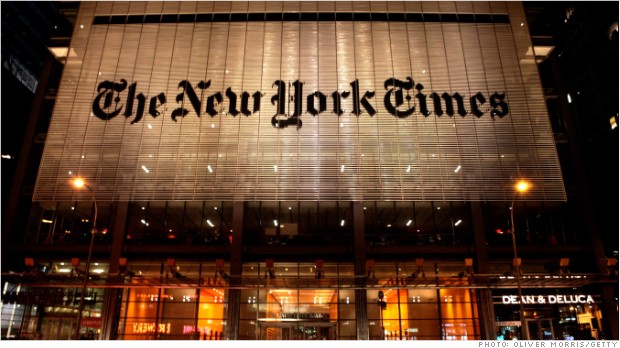
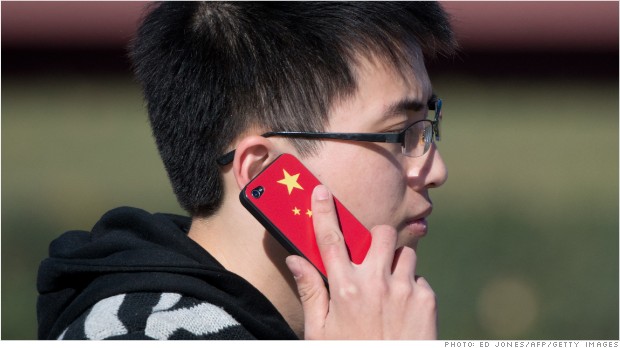
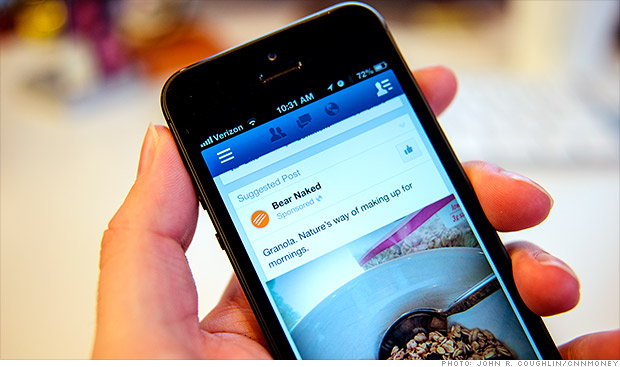
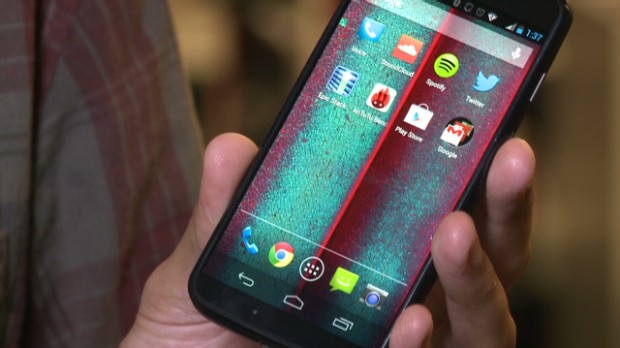
 The New York Times' website went down for several hours on Tuesday and some readers were still reporting problems Wednesday.
The New York Times' website went down for several hours on Tuesday and some readers were still reporting problems Wednesday. 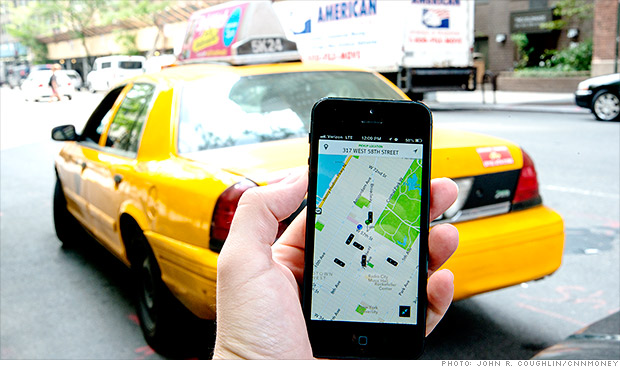 Startups
like Uber -- an app that lets people hail a taxi or car service from
their mobile phone -- say they are facing unfair legal challenges from
the established players.
Startups
like Uber -- an app that lets people hail a taxi or car service from
their mobile phone -- say they are facing unfair legal challenges from
the established players.


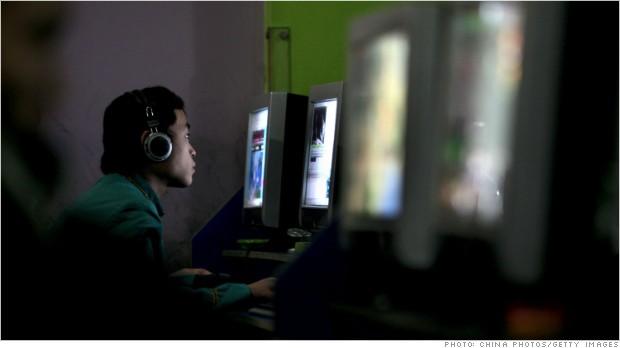

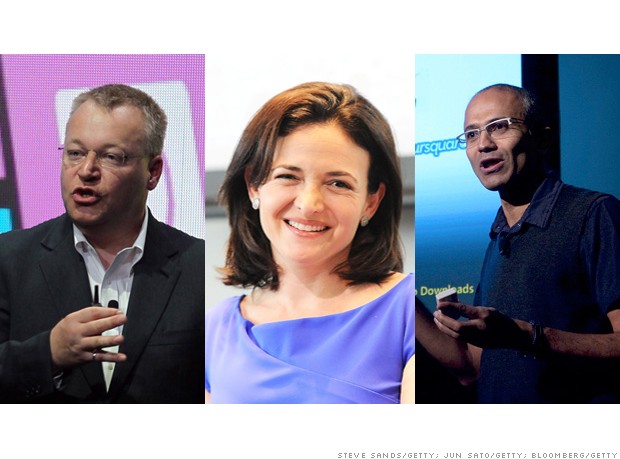
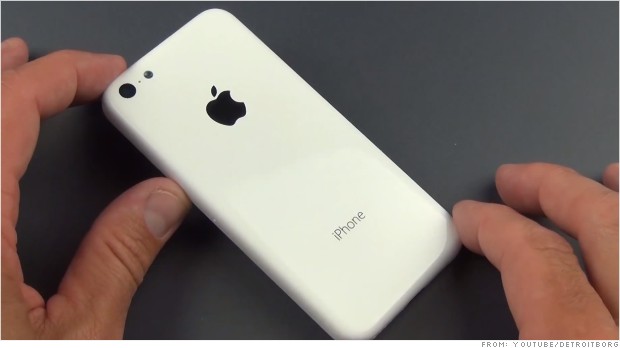
 FORTUNE
-- Inside NASCAR's Charlotte, N.C., headquarters, on the eighth floor
where its digital group is housed, is a 500-square-foot room packed with
monitors that during races display not only the action on the track but
the reactions from fans on social media networks. Other monitors show
graphs offering real-time analysis of the deluge of tweets and Facebook
posts that every one of its events inspires. The NASCAR Fan and Media
Engagement Center represents one of the most sophisticated data mining
operations in sports.
FORTUNE
-- Inside NASCAR's Charlotte, N.C., headquarters, on the eighth floor
where its digital group is housed, is a 500-square-foot room packed with
monitors that during races display not only the action on the track but
the reactions from fans on social media networks. Other monitors show
graphs offering real-time analysis of the deluge of tweets and Facebook
posts that every one of its events inspires. The NASCAR Fan and Media
Engagement Center represents one of the most sophisticated data mining
operations in sports.
